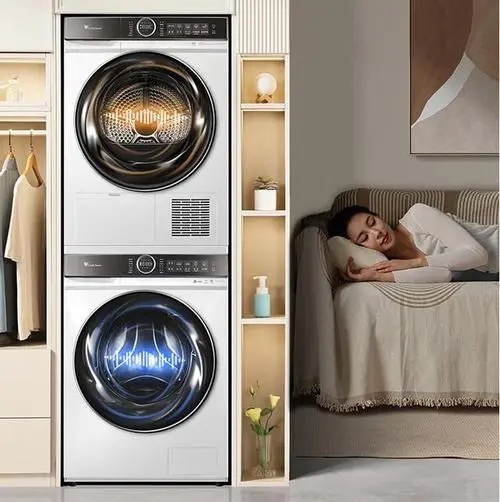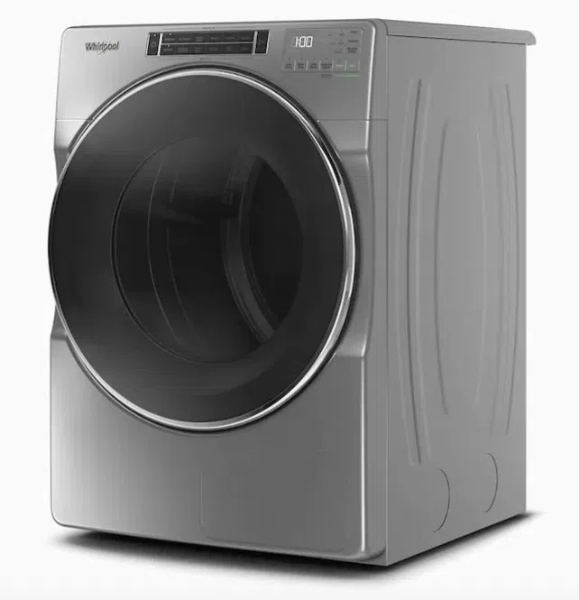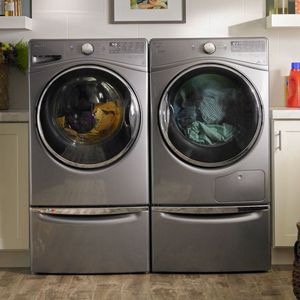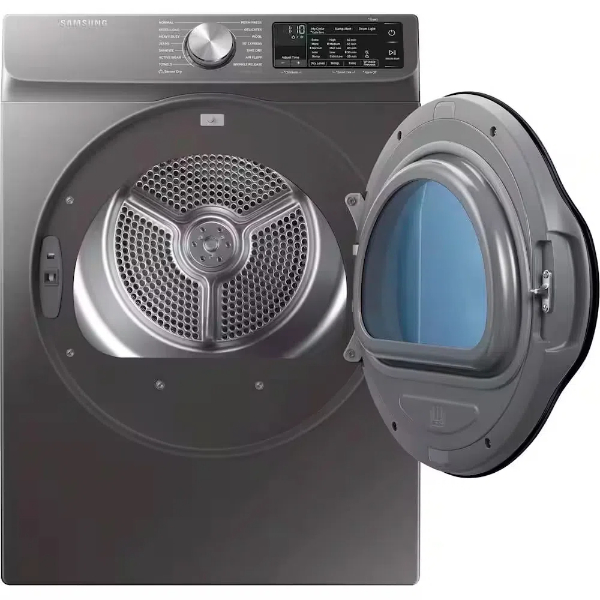
Content Menu
● Introduction
● What Is a Ventless Heat Pump Dryer?
● How Heat Pump Technology Works
● Benefits of Ventless Heat Pump Dryers
● Considerations Before Purchase
● Maintenance and Care
● Environmental Impact
● Smart Features and Integration
● Frequently Asked Questions
>> Q1: How much energy does a heat pump dryer save compared to conventional dryers?
>> Q2: Why do heat pump dryers take longer to dry clothes?
>> Q3: Can a heat pump dryer be installed anywhere?
>> Q4: How long do heat pump dryers typically last?
>> Q5: Are heat pump dryers worth the higher initial cost?
Introduction
In the ever-evolving world of home appliances, ventless heat pump dryers represent a significant leap forward in laundry technology. These innovative machines are revolutionizing the way we dry clothes, offering unprecedented energy efficiency and installation flexibility while being environmentally friendly.
What Is a Ventless Heat Pump Dryer?
A ventless heat pump dryer is an advanced appliance that uses heat pump technology to dry clothes without the need for external venting. Unlike traditional dryers that expel hot, humid air outside through a vent, these machines operate in a closed system, recycling and reusing air throughout the drying process.

How Heat Pump Technology Works
The operation of a heat pump dryer involves a sophisticated process:
1. Air Circulation: The system begins by drawing ambient air into the drum
2. Heat Exchange: A heat pump mechanism warms the air using a refrigerant system
3. Moisture Extraction: As clothes tumble, moisture is removed and condensed
4. Water Collection: Condensed water is collected in a reservoir or drained
5. Air Recycling: The warm, dry air is recirculated back through the system
Benefits of Ventless Heat Pump Dryers
1. Energy Efficiency
- Uses up to 50% less energy than conventional dryers
- Lower operating costs over time
- Reduced carbon footprint
2. Installation Flexibility
- No need for external venting
- Can be installed anywhere with electricity
- Perfect for apartments and small spaces
3. Gentle on Clothes
- Lower drying temperatures
- Reduced fabric wear and tear
- Better color preservation
4. Advanced Features
- Smart connectivity options
- Multiple drying programs
- Precise moisture sensing
Considerations Before Purchase
1. Initial Cost
- Higher upfront investment
- Long-term energy savings
- Potential utility rebates
2. Drying Time
- Longer cycles than traditional dryers
- More efficient moisture removal
- Better results for delicate items
3. Capacity
- Generally smaller drum size
- Compact design benefits
- Perfect for regular-sized loads

Maintenance and Care
To ensure optimal performance:
1. Regular Cleaning
- Clean lint filter after each use
- Wipe drum interior monthly
- Check and empty water container
2. Professional Service
- Annual maintenance check
- Heat exchanger cleaning
- System efficiency verification
3. Proper Usage
- Don't overload the drum
- Select appropriate programs
- Follow manufacturer guidelines
Environmental Impact
Ventless heat pump dryers contribute to environmental sustainability through:
1. Reduced Energy Consumption
2. Lower Carbon Emissions
3. Water Conservation
4. Sustainable Operation
Smart Features and Integration
Modern ventless heat pump dryers often include:
1. WiFi Connectivity
2. Smartphone Control
3. Custom Drying Programs
4. Energy Usage Monitoring
5. Maintenance Alerts

Frequently Asked Questions
Q1: How much energy does a heat pump dryer save compared to conventional dryers?
A: Heat pump dryers typically use 40-50% less energy than traditional vented dryers, resulting in significant annual energy savings and lower utility bills.
Q2: Why do heat pump dryers take longer to dry clothes?
A: Heat pump dryers operate at lower temperatures and use a more gentle drying process, which typically extends drying time to 1.5-2 hours per load, but this results in better fabric care and energy efficiency.
Q3: Can a heat pump dryer be installed anywhere?
A: Yes, since they don't require external venting, heat pump dryers can be installed in any location with access to electricity and either a drain connection or the ability to empty a water container.
Q4: How long do heat pump dryers typically last?
A: With proper maintenance, heat pump dryers can last 10-15 years or more, making them a durable long-term investment for your home.
Q5: Are heat pump dryers worth the higher initial cost?
A: While heat pump dryers have a higher purchase price, the significant energy savings, gentler clothing care, and environmental benefits make them a worthwhile investment for many households, especially in areas with high electricity costs.












